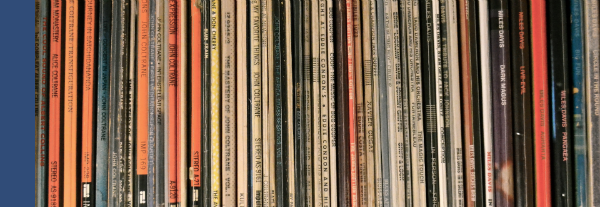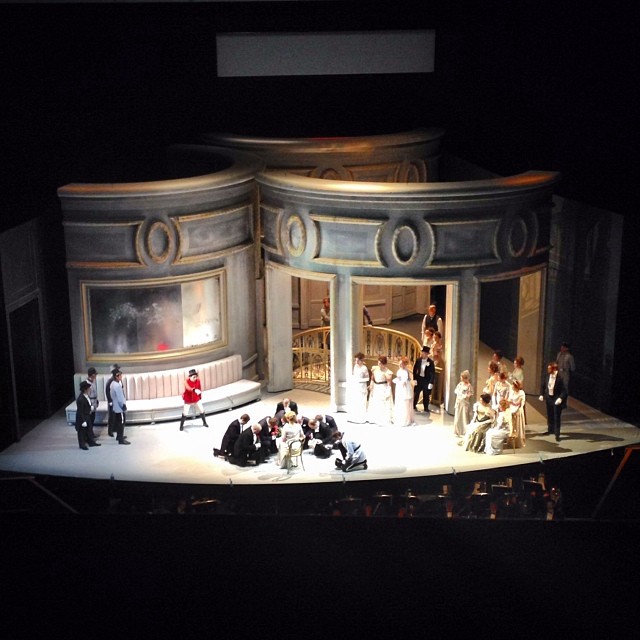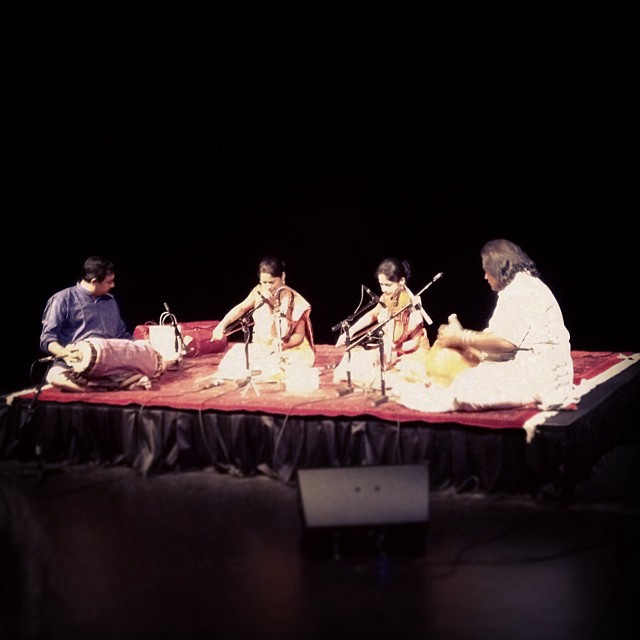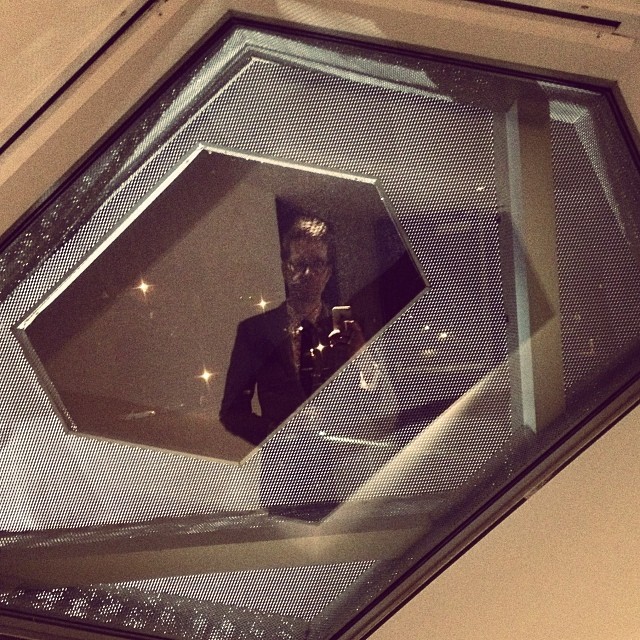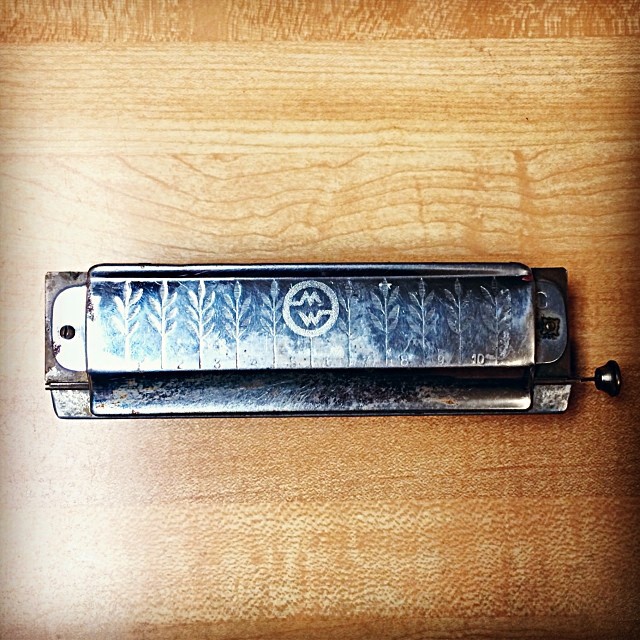Format matters. As a record collector and content strategist, I say that with passion. But it’s not the most important concern. Content creators of the universe, please heed this advice: Lead with the message, not the format.
Why you are creating content in that format?
You’ve probably heard the request: “We need to create (video / gifs / animations / infographics) because everyone else is doing it / leadership wants it / I read an article about it.” Content is created. Then, the content disappoints. It doesn’t have to be this way.
We have reasons for creating content. Some good, some bad. Some of these things are out of our control, no doubt. However, even the most vocal advocates of the format-of-the-day will see the light when we start to talk about costs, benefits, and realities of content creation. No one wants crappy content, after all.
“Don’t value your content over the job you need your content to do,” said John Lane, Vice President at Centerline Digital in his presentation, “Content Marketing Art of War.” Don’t fall in love with a format because of its format-ness. Or its current popularity, for that matter. Formats carry the weight of our message. But they do not determine the message.
Avoid the published-equals-success scenario
We cannot communicate an idea without a format. The ideal situation is “we chose this format because it was best-suited to communicate our idea.” One serves the next. We are communicating ideas first.
Leading the content creation workflow with the format instead of the message is a flawed approach for most organizations. Success becomes “we completed and published” rather than “we conveyed the message and the user completed an action.” It’s a tactical rather than strategic act. Busywork, even.
Measures of wrongly-formatted content often devolve into page/video views or downloads, rather than the more valuable and considered metrics of conversion and task completion. Without knowing what you want the content to do, outside of existing, measurement turns into the binary situation of yes we have a video/no we do not.
And sometimes, the finished asset completely misses the mark. It kills the message. Videos end up rambling, and infographics bloat out of control. Organizations still publish it, even if they don’t like it, due to perceived sunk costs. THIS IS AN UNPLEASANT SITUATION.
Create with the message first, format second
Content creation plans MUST include a discussion of format. It should come early in the conversation. But only after you know your message, that thing you hope to convey.
Each format choice has pros and cons, bonuses and baggage. Video assets are tough to get right. Editing octopus-like infographics quickly changes their overall message and composition. Governance becomes a greater issue. Our choice can influence how the audience receives each message.
Production values and capabilities vary from org to org. That’s perfectly fine. My concern is less about the sheen of the finished product. I start a-fretting when form takes precedent over function. Basic messaging elements (i.e. focus, clarity, brevity) often suffer while superficial items such as logo treatments, music beds, and transitions see flawless execution.
Right, then. What to do? Create it as a video? An animation? A .gif? An infographic? Good old sentences? How does a content strategist approach content creation and formatting decisions?
- State the message you hope to convey, and what you wish folks to do next.
- Ask yourself, “Why are we doing this?” Write this down. Restate it. Say it out loud.
- Articulate HOW this serves business goals, even if only as an exercise.
- Carefully detail the workflow to show how the content will take shape. All of it.
- Consider the capacity of your content creator(s). Do they have the skill set to tackle more sophisticated content? Or the time?
Know your audience: their habits, their abilities, their devices, their needs, their expectations, and their contexts. The counterpart of this is knowing yourself (or organization, actually): your production capabilities, your business goals, your larger content strategy. Each one of these has a bearing on which format you chose to deliver your message.
Publish (or choose not to) with confidence
“Does the content you contribute shine through or does it distract through glitter?” asks content strategist and writer James C. Gunter in his article, “2014: The Year the Internet Finally Grows Up?” It’s is a fine question to ask and ask again throughout the content creation workflow.
Finally, don’t be afraid to kill the content before it kills your message. Each item you place online is an opportunity to set yourself apart from the competition. People (and more and more, search engines) are developing smarter content radars, and will go elsewhere when crappy content rears its ugly head. If the content isn’t great, wipe the slate. (Sorry.)
Instead of looking at completed-but-unpublished content as a sunk cost, consider a halted content endeavor a non-public failure and learning experience. Failing is fine; acknowledging it is the key. Apply your lessons to the next effort. It’ll thank you for it.
